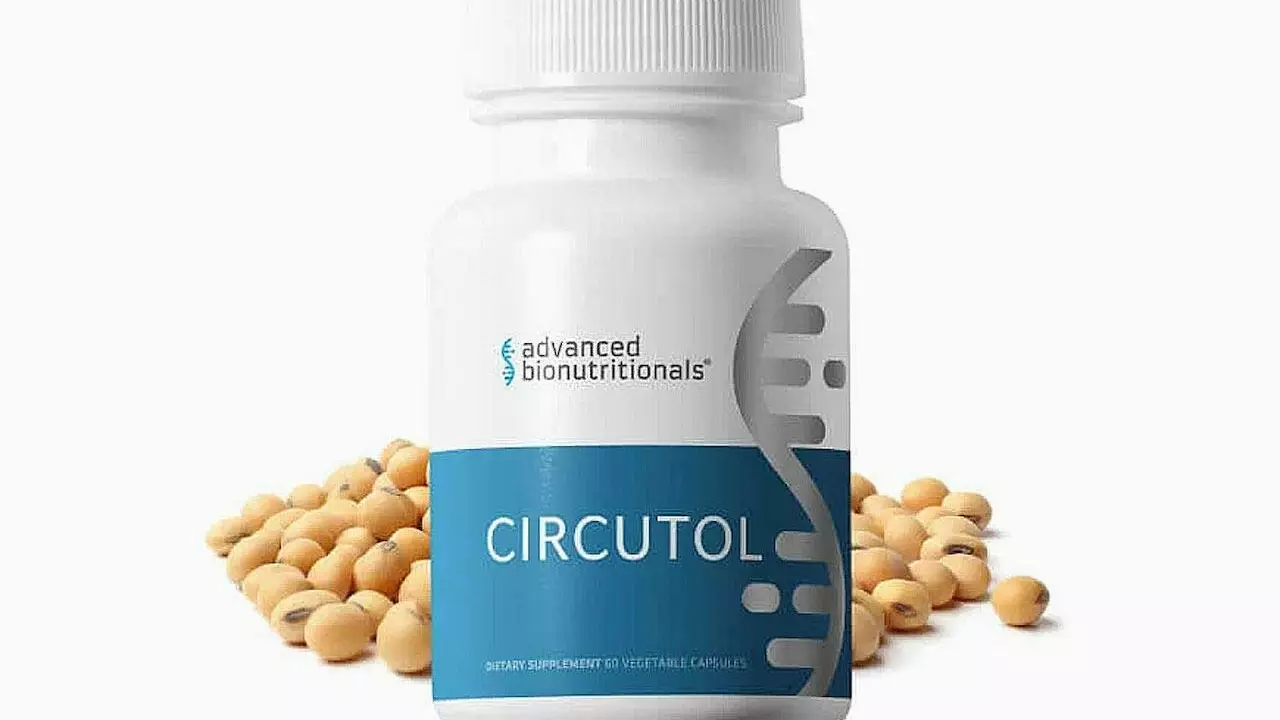Comfrey: Uses, Benefits, and Safety Tips
Comfrey is an herb people have used for a long time to help skin and muscle issues. You’ll see it in creams, ointments, and poultices aimed at sprains, bruises, and sore joints. The active compound most often mentioned is allantoin, which can help skin cells grow faster and may reduce inflammation when applied to the skin.
Does it work? Short clinical studies show topical comfrey extracts can reduce pain and swelling in minor injuries like ankle sprains and back strain over a few days. That said, results vary by product strength and formulation. If you try it, use a well-made cream from a reputable brand and follow the product directions.
How to use comfrey safely
Only use comfrey on unbroken skin. Do a patch test first: apply a small amount to an area and wait 24 hours to check for a rash. Use it for short periods—usually a few days to a couple of weeks—not continuously. Avoid covering treated areas tightly, and stop if the skin becomes red, itchy, or painful.
Don’t put comfrey on deep wounds, infected cuts, or puncture wounds. It’s for superficial muscle aches, bruises, and mild sprains. For anything that looks infected, very painful, or doesn’t improve in a few days, see a healthcare professional.
Big safety warning: don’t take comfrey by mouth
Internal use of comfrey is risky because many varieties contain pyrrolizidine alkaloids (PAs). These compounds can damage the liver and cause serious health problems over time. Health agencies in several countries advise against drinking comfrey tea or taking comfrey supplements. If a product claims to be “PA-free,” check for lab proof and prefer trusted manufacturers.
Avoid comfrey if you are pregnant, breastfeeding, or have liver disease. Also be careful if you take blood thinners or have a clotting disorder—ask your doctor first. Children should not use comfrey without medical advice.
Practical tips when buying: look for topical formulations meant for short-term use, read ingredient lists, and avoid homemade preparations unless you know the plant variety and testing history. If you need stronger pain control or chronic inflammation treatment, talk to your doctor about safer long-term options like topical NSAIDs, physical therapy, or other herbs with better safety records.
How to apply: squeeze a small, pea-sized amount on the sore area and rub gently until absorbed. Use it two to three times a day. For a sprain, use as directed for up to seven days; for bruises you may use a bit longer but stop if no improvement after two weeks. Store creams in a cool, dry place and keep the lid tight. If you have sensitive skin, dilute with a neutral ointment or use a lower-strength product. Always read the label for concentration and warnings. Ask your pharmacist anytime.
Comfrey can be useful for short-term, topical care of minor injuries, but treat it with respect. Use tested products, follow directions, and don’t swallow it. If you’re unsure, check with a pharmacist or healthcare provider before trying comfrey.
In my latest blog post, I delve into the world of comfrey, an indispensable dietary supplement with an array of healing properties. I explore the historical and modern uses of this plant, highlighting its potential to accelerate wound healing, reduce inflammation and promote bone health. I also provide readers with a comprehensive guide on how to safely incorporate comfrey into their daily diet. The blog even touches on scientific studies backing these claims, and I share some easy-to-make comfrey recipes. It's a must-read for anyone interested in natural health solutions.
View More

